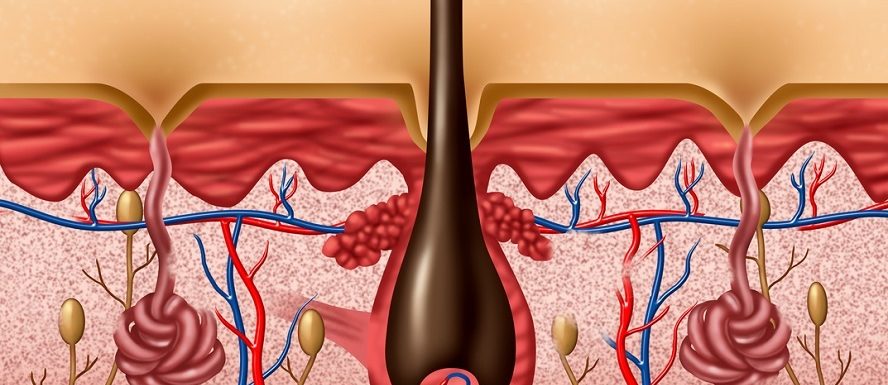If you’ve taken the decision to look at a transplant to address your hair loss concerns, you may have wondered about what happens after the treatment. With different techniques available to those looking to undergo a hair transplant, much more than during the days of surgery only transplants, the way aftercare is provided has changed too. So, what are those options and what does the aftercare in the days, weeks and months after a transplant look like?
Aftercare with an FUE Hair Transplant
One technique that has become prevalent and avoids any surgical cutting, like with a traditional hair transplant, is a Follicular Unit Extraction (FUE) hair transplant. This takes individual grafts of hair follicles from a donor area, usually somewhere with good growth, and implants them to the area of hair loss. As a minimally invasive procedure, FUE is one of the most popular hair transplant Turkey solutions available that provides enhanced aftercare to ensure permanent, natural-looking results.
Immediately after an FUE transplant, patients can experience a quick recovery as downtime is minimal. As no surgical cuts are made and local anaesthesia is used, normal activities can usually be resumed quickly. Follow-up treatments are usually arranged with patients to help stimulate hair growth and quicken the recovery period. As there will be significant swelling as well as soreness, patients usually receive an aftercare kit to continue their aftercare at home which includes painkillers, antibacterial serums, and creams.
At Home Aftercare
Once away from the clinical setting, patients are left to continue their aftercare themselves in between follow-up appointments. As it is important that aftercare is maintained, patients usually have a document within their aftercare kit to provide detailed information on what to do each day. The shampoo, creams and serums are all designed to be as gentle as possible to the scalp so that no disruption to the newly transplanted hair follicles is caused. This is why it is best for patients to stick to the products provided or advised to use in their aftercare guidance rather than going back to their regular shampoos or moisturisers.
As well as the products to use to aid recovery, other things patients are advised on is how to sleep and wash their hair. It is normal for a patient post-transplant to experience shedding hair, usually 3-4 weeks after the procedure, so waking up to hair on a pillow shouldn’t be a cause for concern. Getting used to sleeping in a different position may take some getting used to, as patients are usually recommended to avoid resting on the newly transplanted areas, with sleeping upright or with extra support pillows sometimes necessary. When it comes to washing the hair, avoiding direct showering to the scalp is the best practice. Washing gently from a bowl of water to rinse the provided shampoo away is best, whilst gently drying by avoiding heat like a blow dryer will avoid irritation.
Aftercare for Maximum Results
Overall, it can take 7 to 10 days for patients to recover from any swelling, soreness, itching and other irritation experienced, and a month in total for all wounds to heal. If during that time the aftercare routine of treating the scalp and avoiding any strain on the follicles is maintained, the results should shine through. When compared to the recovery period with a traditional surgical hair transplant, undergoing an FUE procedure can make the aftercare period much shorter and more bearable. When choosing a clinic to have your hair transplant, always consider the aftercare available to you to help maximise the results.

Leave a Reply